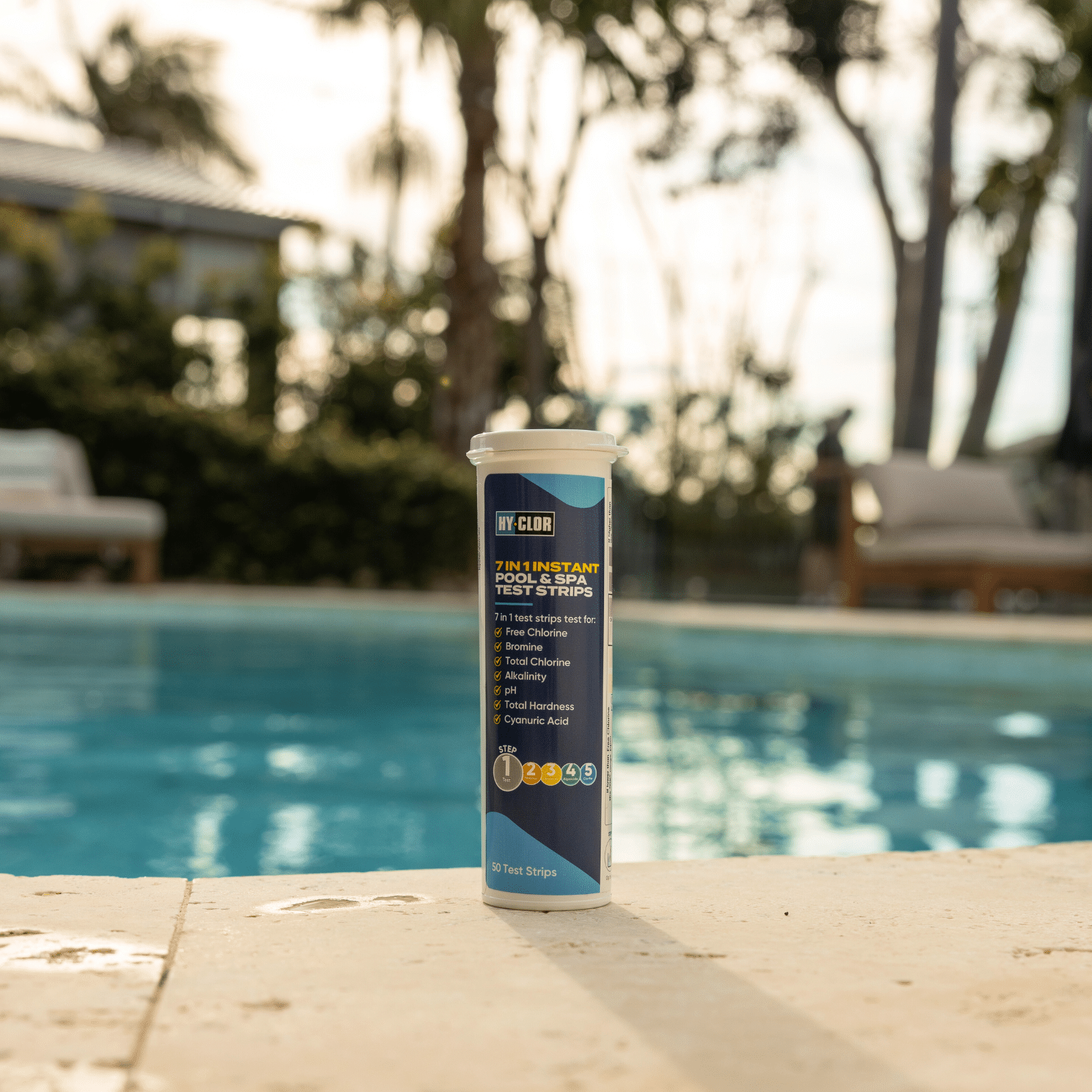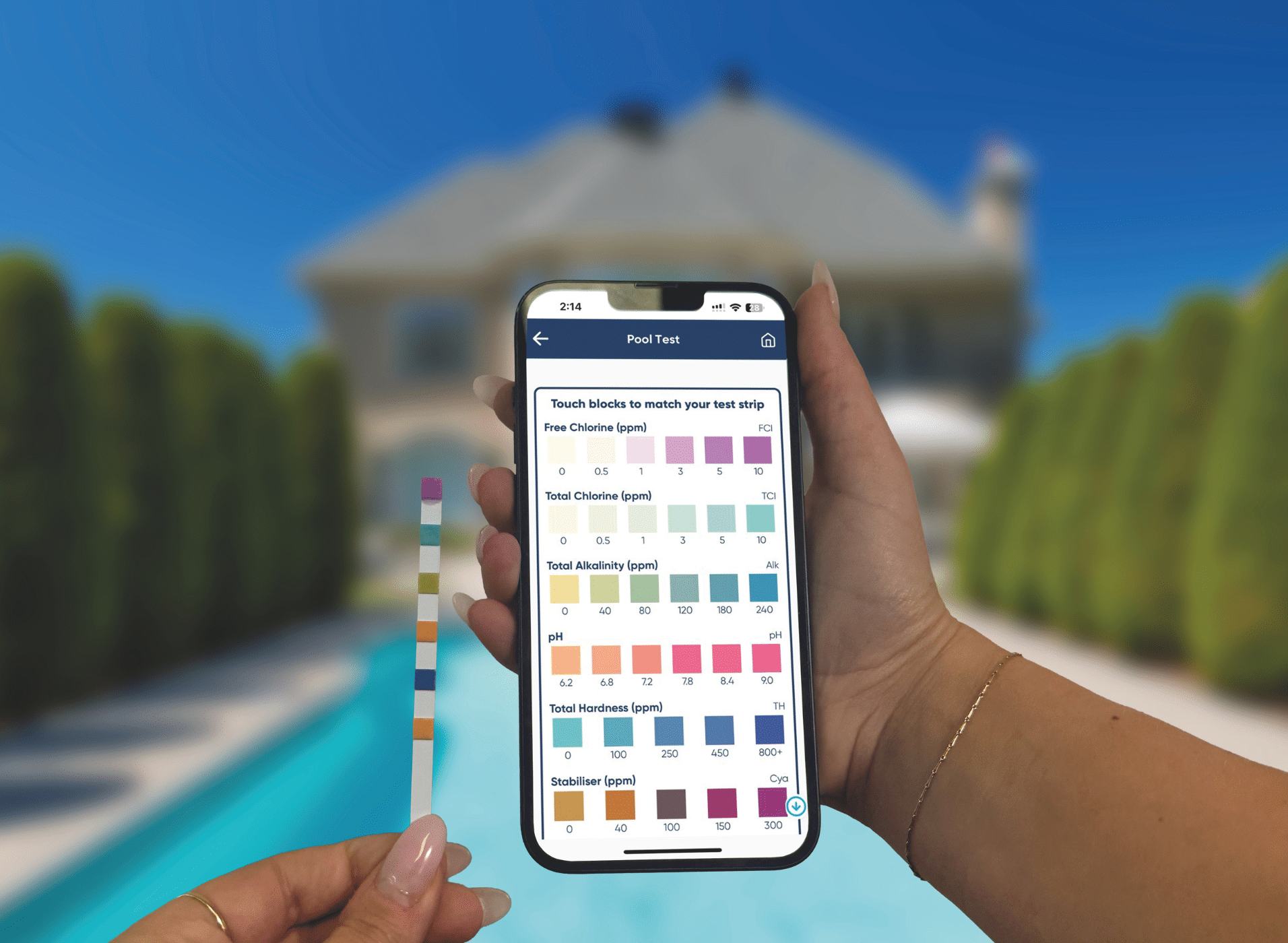There are many different chemical levels when it comes to balancing your pool or spa, but the pH is overall the most important as it controls the effectiveness of all other levels.
What is pH?
- The pH level of pool water is a measure of its acidity. A pools pH is a scale of 0 to 14. With a pH below 7.0 indicates the water is acidic and a pH above 8.0 indicates the water is alkaline.
- Being between these two points is where you want to be.
- The perfect pH is 7.4-7.6 which is roughly the pH of human eyes.
Why is it so important?
- A low pH will cause skin and eye irritation by ridding the body of its natural oils which will leave your skin dry, itchy and brittle.
- Acidic water will start to corrode all of the pool equipment and will even begin to strip the pools surface.
- A high pH makes your pool chlorine or sanitiser inactive. The higher the pH goes the less effective your sanitiser will become.
- High pH will also make water cloudy as minerals will start to come out of solution causing milk water.
 How to maintain a perfect pH level?
How to maintain a perfect pH level?
To maintain a perfect pH the key is to test the pool levels once a week. Click here to view Hy-Clor’s 7 in 1 Instant Pool & Spa Test Strips. pH is something that changes quite regularly so if you can test twice a week, even better. Adjusting the pH is a matter of using pH increasers/decreasers. The amounts needed will be based on how far out the pH of your water is and the volume of water in your pool. Always read the label and instructions carefully for you to not overdose or under dose your pool.
When it comes to pool maintenance, maintaining your water chemistry in balance is critical to creative a great swimming experience. In many respects the pH level is the very foundation of water balance. By ensuring the pH is within the ideal range you will be protecting your pool and equipment, more importantly the swimmers!
Now that you know what pH does, get out there and have some practice. If you need some extra help, do not hesitate to give us a call on 1800 625 123 for advice on what products are best suited to your pool needs.



